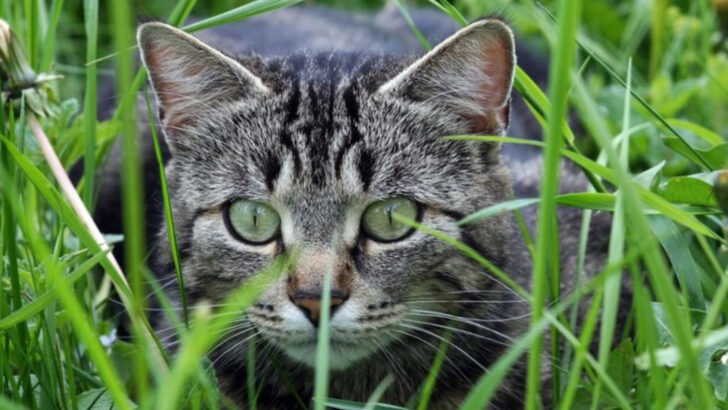They’re soft, adorable… and killers.
Cats may rule the internet, but out in the real world, they’re terrorizing ecosystems. With razor-sharp instincts and zero guilt, even the fluffiest house cat can be a one-animal wrecking crew for birds, lizards, and small mammals.
They don’t need to be hungry to hunt. They do it for sport. For fun. For the thrill.
And they’re not alone. Around the world, other species are following the same destructive path—spreading far from home and leaving chaos in their wake.
This post uncovers the wild side of your favorite pet and introduces ten other invaders reshaping the planet, one paw, hoof, or scale at a time.
Domestic Cats
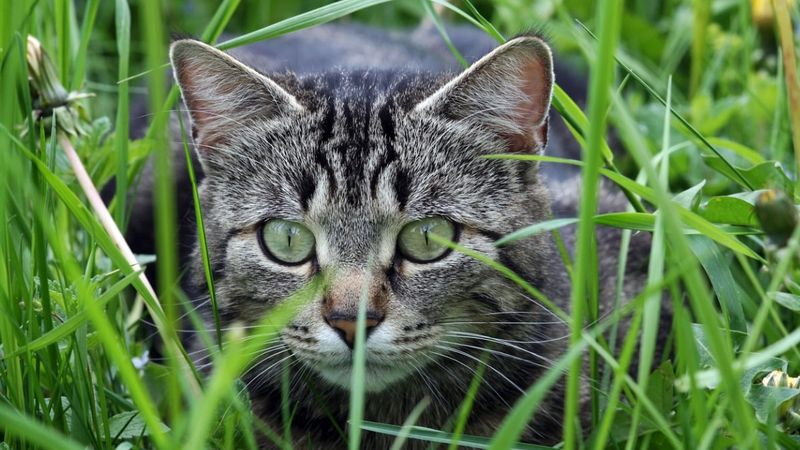
Famed for their independence and mysterious charm, domestic cats have captivated human affection for centuries. However, these feline companions are also formidable hunters. Their sharp instincts are a threat to countless native species.
Even well-fed cats can’t resist chasing birds, mice, and lizards, often leading to severe ecological consequences. Their presence has been linked to the extinction of certain island species.
Did you know? Cats are often referred to as a ‘clowder’ when in a group. Despite their allure, responsible ownership is crucial to curbing their impact.
European Starling
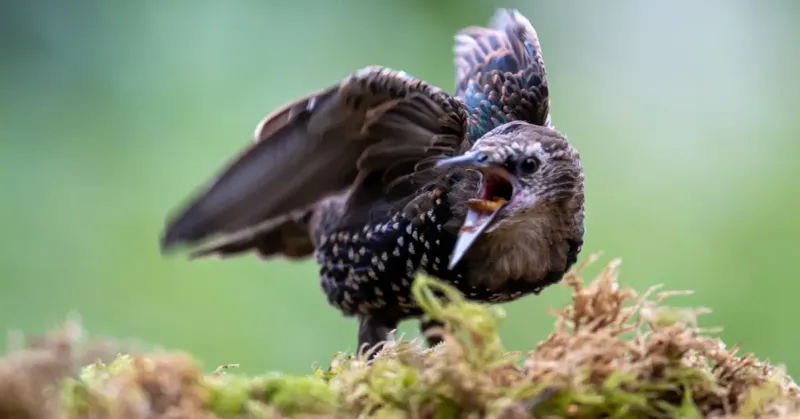
Chirpy and boisterous, the European starling is as much a spectacle as a nuisance. Introduced to North America in the 19th century, these birds have thrived, often outcompeting native species for food and nesting sites.
Starlings are known for their mesmerizing murmurations, where thousands move in synchrony, a sight both breathtaking and controversial. Their adaptability to urban settings has exacerbated their spread.
Fun fact: All starlings in North America descend from a flock released in New York’s Central Park. Their success story is a testament to their resilience and adaptability.
Brown Tree Snake
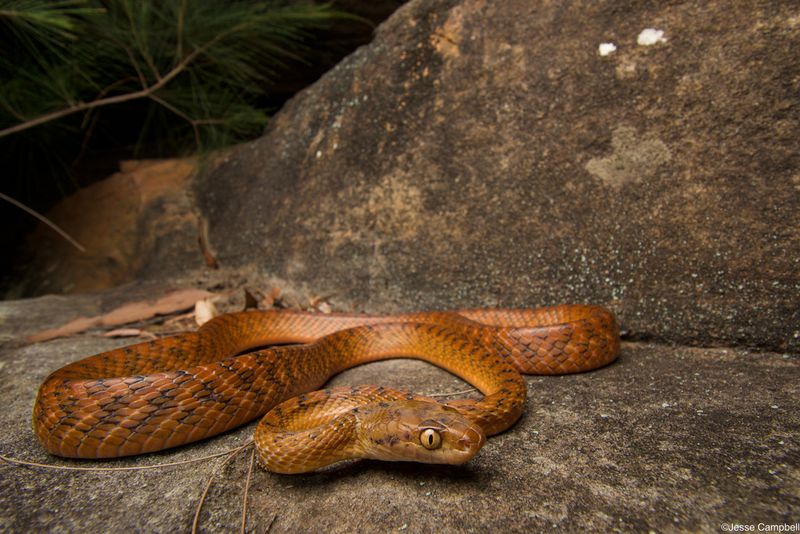
The brown tree snake’s unassuming appearance belies its destructive potential. Accidentally introduced to Guam, it led to the catastrophic decline of native birds and mammals.
Their stealthy nocturnal habits make them difficult to control. This species has since become a cautionary tale in invasive species management.
Interesting tidbit: The snake’s presence on Guam has resulted in frequent power outages, as they often climb electrical infrastructure. Their impact serves as a stark reminder of how a single species can disrupt an entire ecosystem when introduced without natural predators.
Cane Toad
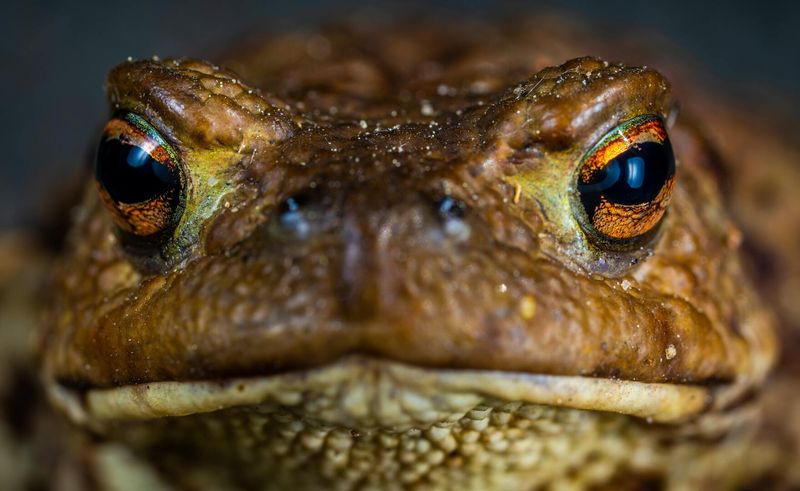
Introduced to Australia to control pests, the cane toad became an ecological nightmare. These amphibians, with their toxic skin, pose a significant threat to predators.
Their rapid reproduction and adaptability to diverse environments have led to widespread ecological imbalance. Native species often fall prey to their toxicity.
Did you know? Despite their negative impact, cane toads are used in medical research for heart disease treatments. Their presence in Australia highlights the unpredictable outcomes of introducing species for pest control.
Rabbits in Australia

With their soft fur and twitching noses, rabbits appear innocuous, yet in Australia, they represent a cautionary tale of unchecked reproduction.
Introduced for hunting in the 18th century, they multiplied rapidly, devastating the native flora and fauna. Their burrowing habits exacerbate soil erosion, further harming the ecosystem.
Curious fact: A single pair can produce up to 30 offspring a year, showcasing their astounding reproductive capabilities. The rabbit problem led to the construction of the ‘Rabbit-Proof Fence,’ an ambitious, albeit ineffective, containment attempt.
Africanized Honey Bee
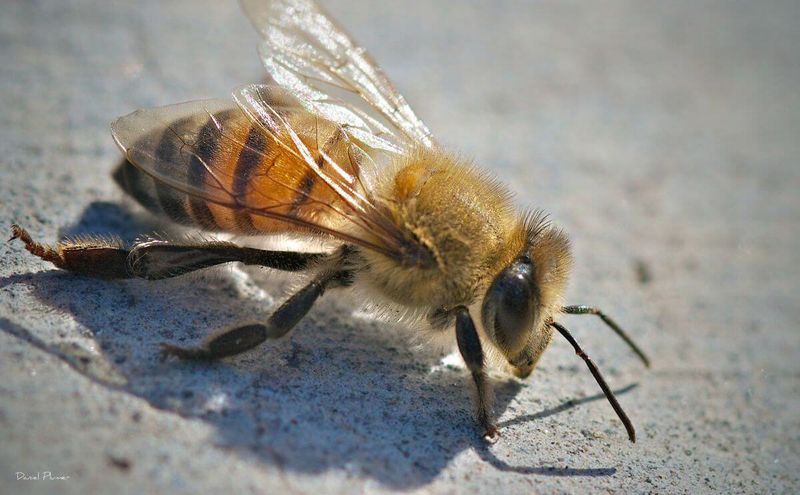
Dubbed ‘killer bees,’ Africanized honey bees have a reputation for aggression. Originating from a crossbreeding experiment in Brazil, they spread through the Americas.
Their tendency to swarm and defend hives fiercely makes them a formidable presence. These bees, while beneficial pollinators, pose risks to humans and animals.
Fun trivia: Unlike their European counterparts, they can pursue perceived threats over long distances. Their spread highlights the unintended consequences of genetic experiments gone awry.
Asian Carp
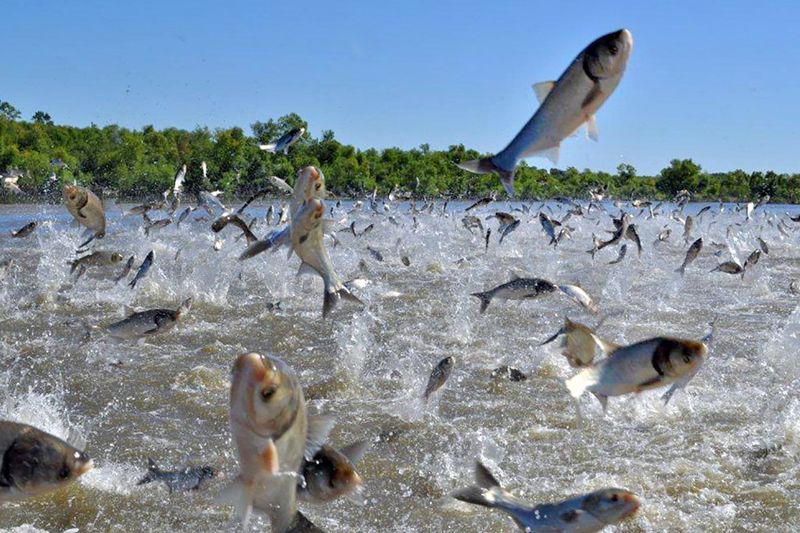
The Asian carp, with its powerful leap, is a force to be reckoned with in American waterways. Imported to control algae, they now compete with native fish for resources.
Their presence disrupts ecosystems and endangers local biodiversity. Known for jumping out of water when disturbed, they pose hazards to boaters and wildlife alike.
Did you know? Asian carps can grow up to four feet long and weigh over 70 pounds! Their impressive size and rapid spread showcase their dominance in non-native habitats.
Grey Squirrel
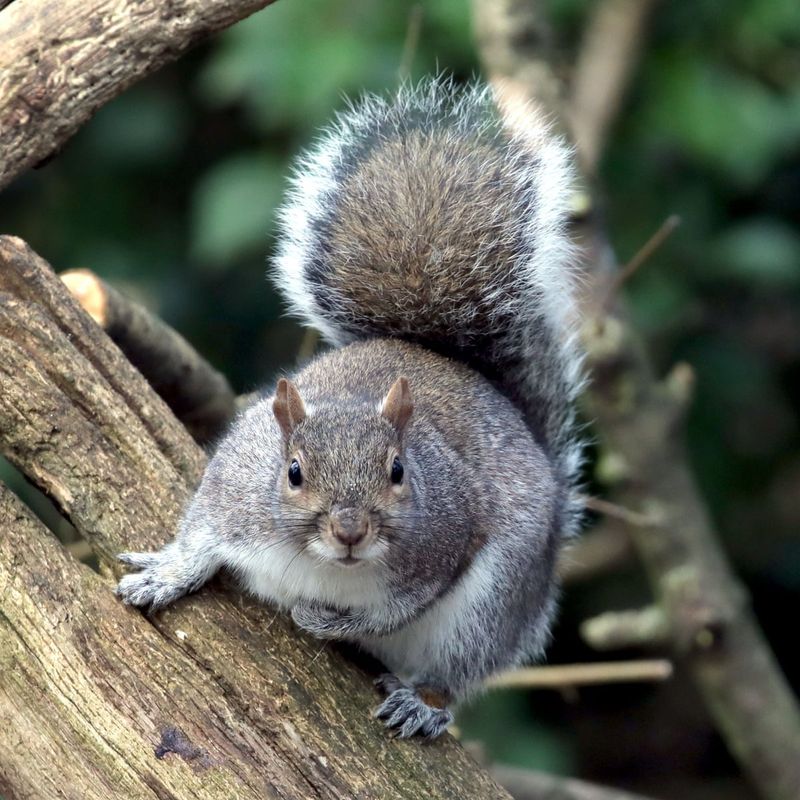
With its bushy tail and curious nature, the grey squirrel is a familiar sight in many parks. However, their introduction to the UK has put native red squirrels at risk.
Grey squirrels outcompete reds for food and spread diseases, leading to significant population declines. Their adaptability to urban environments aids their proliferation.
Interesting fact: Unlike red squirrels, greys can digest acorns, giving them a crucial advantage in the wild. Their story is a poignant reminder of the delicate balance within animal communities.
Wild Boar
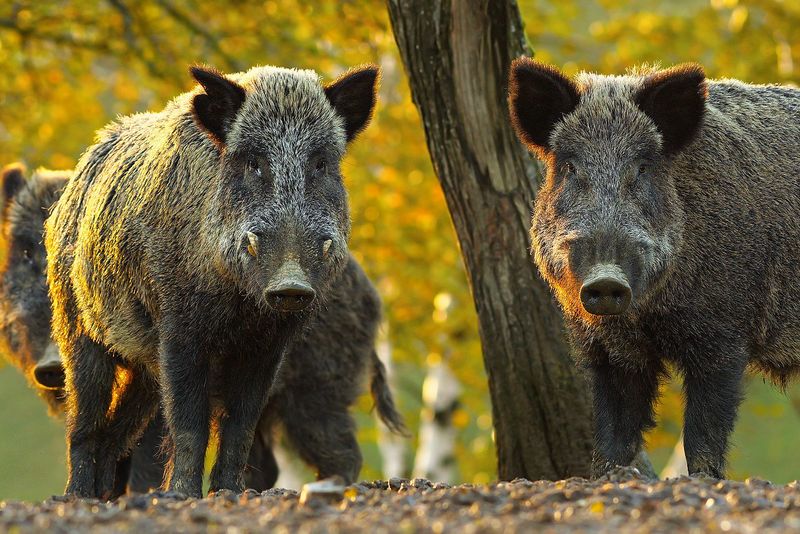
Fierce and adaptable, wild boars have become a challenging invasive species in many regions. Their rooting habits disrupt the soil, affecting plant and animal life.
Boars are opportunistic feeders, consuming crops and native foliage, which puts pressure on ecosystems. Their population control remains a complex task.
Did you know? Wild boars’ tusks continuously grow and self-sharpen, making them formidable adversaries. Their presence illustrates the challenges of managing invasive species in vast landscapes.
Zebra Mussel

Zebra mussels, with their distinctive striped shells, are a prime example of aquatic invasives. Native to Eurasia, they’ve spread across North American waterways.
Their penchant for clogging water pipes and impacting native species poses significant economic and ecological challenges. They filter large amounts of water, altering local ecosystems.
Fun fact: A single zebra mussel can filter a liter of water a day. Their rapid reproduction and spread highlight the importance of monitoring and controlling aquatic invaders.
Burmese Python

The Burmese python, with its impressive size, has become a notorious invader in Florida. Released pets have established breeding populations, threatening native wildlife.
These snakes prey on birds, mammals, and reptiles, significantly impacting biodiversity. Their stealth and strength make them difficult to capture.
Did you know? Burmese pythons can reach lengths of over 20 feet! Their presence in the Everglades highlights the danger of releasing non-native pets into the wild.

